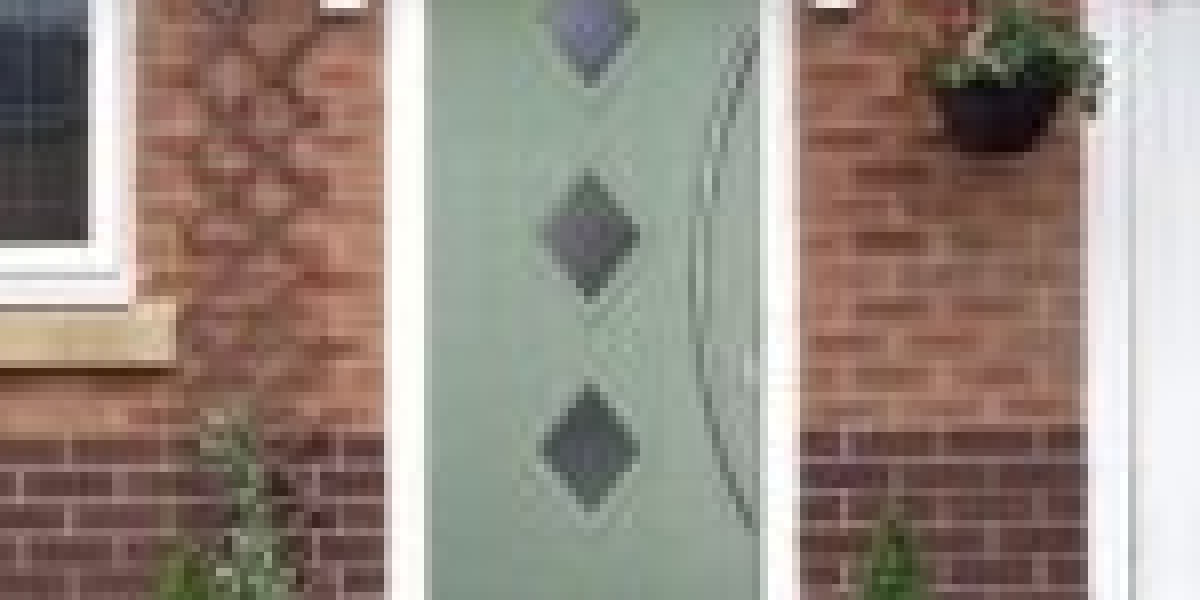Introduction
Bifold doors, also known as folding doors, are an increasingly popular choice for homeowners and commercial spaces alike. Their ability to create a seamless transition between indoor and outdoor areas makes them an attractive option for patios, balconies, and living spaces. This report aims to provide a detailed analysis of bifold door installation, covering essential aspects such as types, materials, preparation, installation steps, and post-installation considerations.

Types of Bifold Doors
Bifold doors come in various designs and configurations, primarily categorized by their materials and operational mechanisms. The common types include:
- Aluminum Bifold Doors: Known for their strength and durability, aluminum bifold doors offer a modern aesthetic and require minimal maintenance. They are resistant to rust and corrosion, making them suitable for various climates.
- Vinyl Bifold Doors: These doors are energy-efficient and can mimic the appearance of wood without the associated maintenance. Vinyl bifold doors are typically less expensive and are available in various colors and finishes.
- Wood Bifold Doors: Offering a classic look, wood bifold doors can enhance the aesthetic appeal of a home. However, they require regular maintenance to protect against warping and decay.
- Composite Bifold Doors: Made from a combination of materials, composite doors provide the benefits of wood and vinyl. They are designed to be energy-efficient and low-maintenance.
Preparation for Installation
Before beginning the installation process, careful preparation is essential to ensure a successful outcome. Here are the key steps to consider:
- Measure the Opening: Accurate measurements of the door opening are crucial. Measure the width and height at multiple points to account for any irregularities. The measurements will determine the size of the bifold door needed.
- Check Local Building Codes: Before proceeding, consult local building codes and regulations. Ensure that the installation meets safety standards and zoning requirements.
- Select the Right Door: Based on the measurements and aesthetic preferences, choose the appropriate bifold door type and material. Consider factors such as insulation, durability, and maintenance requirements.
- Gather Tools and Materials: Prepare all necessary tools and materials for the installation. Common tools include a level, drill, screwdriver, measuring tape, and a saw. Ensure you have the bifold door kit, including tracks, hinges, and any additional hardware.
Installation Steps
The installation process for bifold doors can vary based on the type and manufacturer. However, the following general steps provide a comprehensive guide:
- Remove Existing Doors: If replacing an existing door, carefully remove it along with the frame. Use a pry bar and hammer to detach the old frame without damaging the surrounding wall.
- Prepare the Opening: Inspect the opening for any damage, and make necessary repairs. Ensure the surface is clean, level, and free of debris. This step is crucial for proper door alignment.
- Install the Track System: Most bifold doors operate on a track system. Begin by installing the top track according to the manufacturer’s instructions. Use a level to ensure it is straight, and CleanPro secure it with screws.
- Attach the Bottom Track: Depending on the design, you may need to install a bottom track as well. Ensure it is aligned with the top track to facilitate smooth operation.
- Hang the Doors: With the tracks in place, it’s time to hang the bifold doors. Start with the first door by inserting the top pivot into the top track and the bottom pivot into the bottom track. Repeat this process for each door panel.
- Install Hinges and Handles: Once all panels are hung, install the hinges and handles as per the manufacturer's instructions. Ensure that all hardware is securely fastened.
- Adjust the Doors: After installation, check the alignment of the doors. Adjust the hinges and pivots as necessary to ensure the doors open and close smoothly. Use a level to confirm that the doors are straight.
- Seal and Finish: Apply weather stripping or seals to prevent drafts and improve energy efficiency. If necessary, paint or stain the doors to match the surrounding decor.
Post-Installation Considerations
After installation, several considerations will help maintain the functionality and appearance of bifold doors:
- Regular Maintenance: Periodic checks are essential to ensure the functionality of the bifold doors. Clean the tracks and hinges regularly to prevent dirt buildup, which can impede movement.
- Check for Damage: Inspect the doors for any signs of wear or damage, such as cracks or warping. Address any issues promptly to avoid further complications.
- Adjust as Needed: Over time, doors may settle or shift. Regularly check the alignment and make adjustments to ensure smooth operation.
- Energy Efficiency: Consider adding additional insulation or weather stripping if you notice drafts. This can improve energy efficiency and reduce heating and cooling costs.
Conclusion
Bifold door installation can be a rewarding project that enhances the aesthetic and functional appeal of a space. By understanding the different types of bifold doors, preparing adequately, and following a systematic installation process, homeowners can achieve a successful installation. Regular maintenance and attention to detail post-installation will ensure that bifold doors continue to operate smoothly and efficiently for years to come. With the right tools and knowledge, bifold doors can transform any space into a more open and inviting environment.








